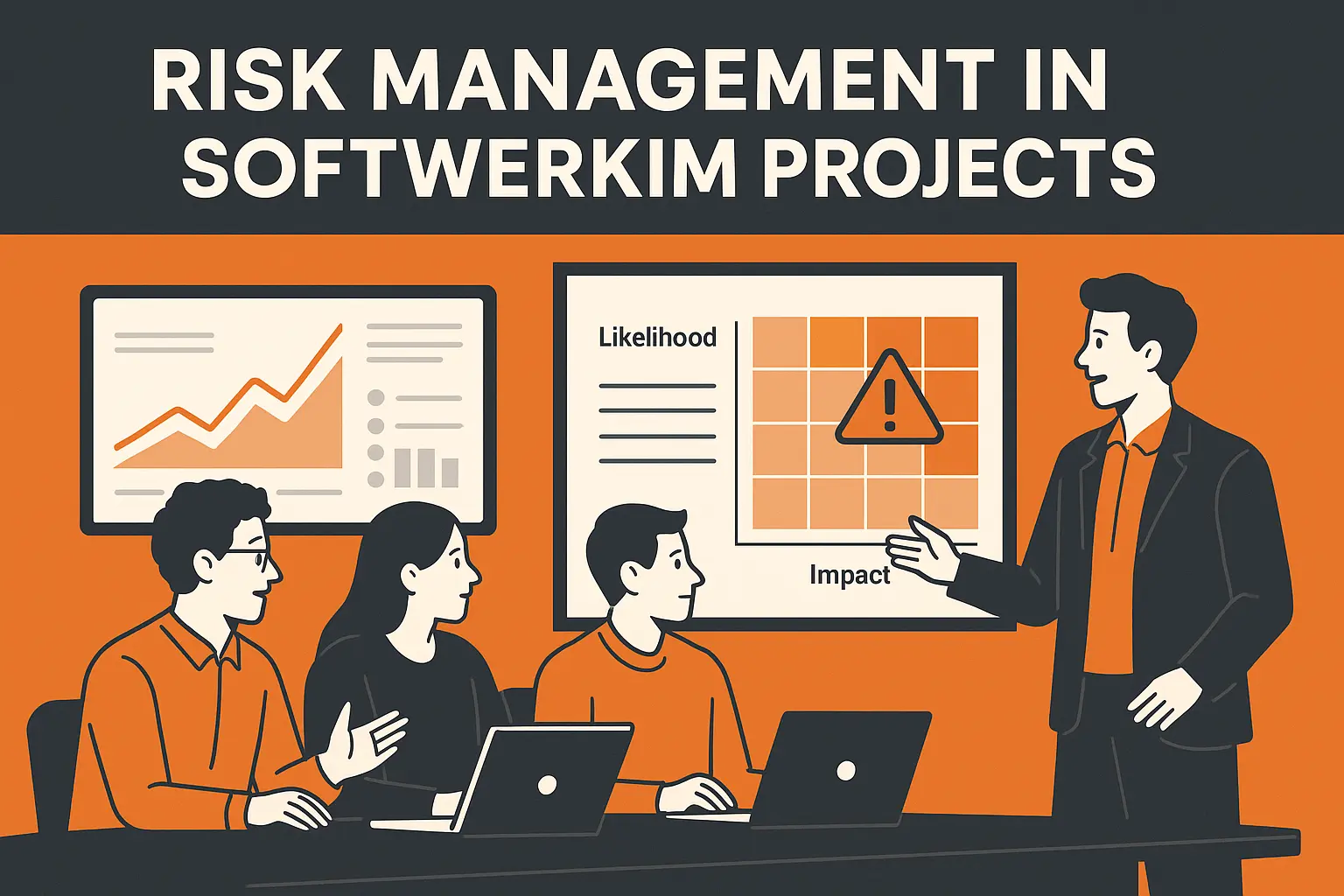
Every software project carries uncertainty - from shifting requirements to third-party dependencies. Risk management allows teams to anticipate potential threats early and plan for solutions before they cause disruption. It ensures that projects remain on track in terms of scope, cost and quality.
Effective risk management starts with awareness. Teams should gather insights from stakeholders, past project data and sprint retrospectives to detect early signals of risk - such as unrealistic deadlines, unclear requirements or technology mismatches.
Once identified, risks must be ranked by probability and impact. Visual tools like risk matrices help teams focus their energy on what truly matters. For example, a minor delay risk shouldn’t overshadow a high-impact integration issue that could halt deployment.
Mitigation plans should be practical and measurable. Some risks can be avoided by revising scope; others require monitoring or contingency actions. Assigning ownership ensures accountability, while transparent documentation helps align the entire team.
Risk management isn’t a one-time task. It’s an iterative process that evolves with every sprint. By reviewing risk outcomes at project milestones, teams can build a stronger prevention culture - transforming past challenges into actionable improvement.
Conclusion
A proactive approach to risk management transforms uncertainty into opportunity. By integrating it into agile cycles, teams improve not just project outcomes but overall predictability and stakeholder confidence.


